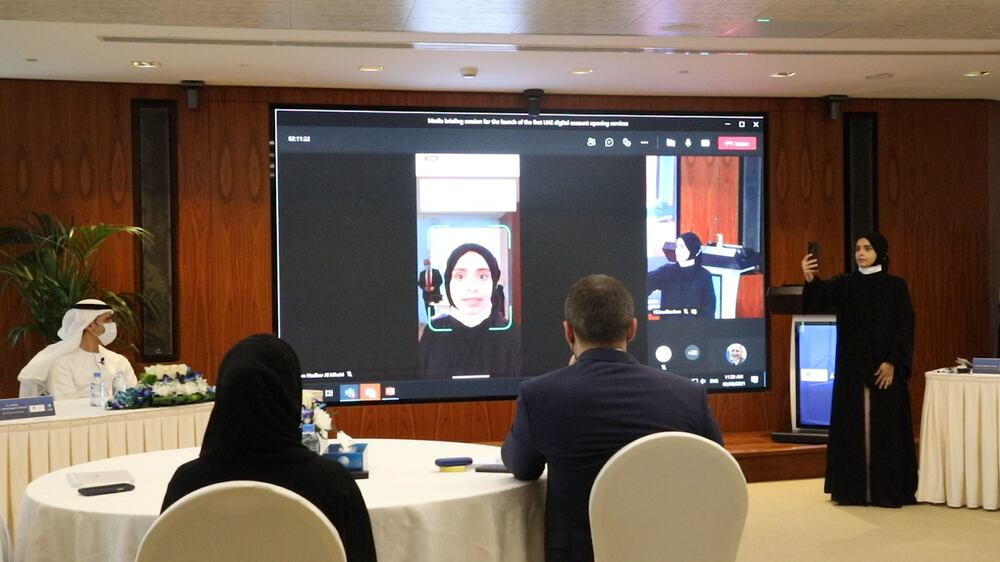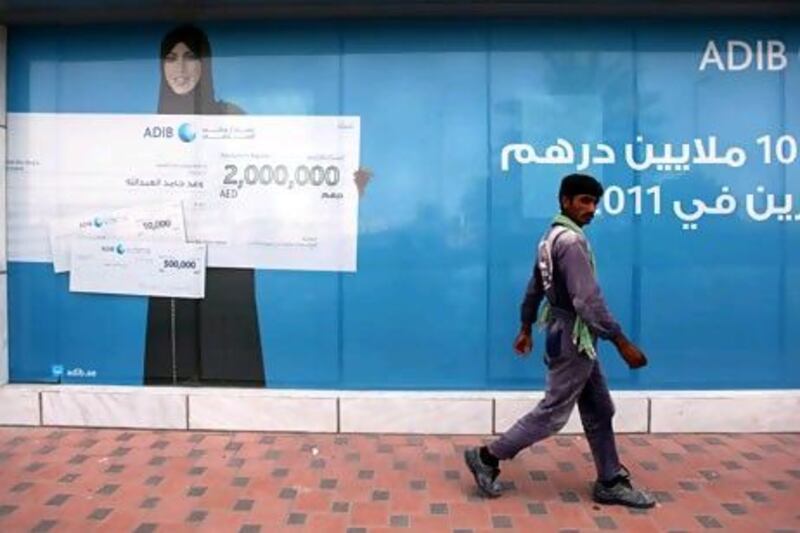Abu Dhabi Islamic Bank, the biggest Sharia-compliant lender in the emirate, is looking for merger and acquisition opportunities in the UAE, the GCC and markets beyond the region, as it seeks to broaden its asset base, its group chief financial officer said.
Organic and inorganic growth are part of the bank’s overall expansion strategy and nothing is off the table, Mohamed Abdel Bary told The National in an interview on Sunday. The bank’s client base is “very active” in the region and in several other markets including Egypt, where ADIB already has a significant presence.
“That’s where we are looking. The target has to be accretive to us and to our clients,” he said. “So, the UAE is definitely on the list among many other markets in the GCC.”
ADIB has capital and the liquidity to acquire targets that “makes sense to us”.
“Not all targets will add to a franchise like ADIB, which is quite sizeable in terms of its branch distribution [and] its client base,” Mr Abdel Bary said after the bank released its nine-month earnings.
“We have all the magic formula to succeed, so it’s very important that when we look at inorganic opportunities, they need to be capital accretive and that’s always on the table.”
Banks in the Gulf region that faced tough operating conditions last year have been eyeing mergers and acquisitions as they look to gain scale to offset the impact of the pandemic on their balance sheets and profit margins, according to Moody’s Investors Service.
M&A activity was already on the rise in the GCC banking sector before the pandemic tipped the global economy into its deepest recession since the 1930s. The economic slowdown and the deterioration in asset quality, with a rise in non-performing loans, have especially forced smaller lenders to consider merging with larger banks to consolidate their balance sheets.
Mergers driven by shareholders who held stakes in more than one lender – typically regional governments and their related entities – have already created larger, stronger financial institutions in the region that are better equipped to face headwinds.
Saudi National Bank, the biggest commercial lender in kingdom, was created earlier this year through the merger of National Commercial Bank and Samba Financial Group.
In the UAE, First Abu Dhabi Bank, the UAE’s largest lender, was formed through the combination of the National Bank of Abu Dhabi and First Gulf Bank in 2017.
Abu Dhabi Commercial Bank also completed a three-way merger with Union National Bank and Al Hilal Bank in 2019, while Dubai Islamic Bank acquired its competitor, Noor Bank.
Mr Abdel Bary said ADIB is not currently pursuing an acquisition in the home market, but is open to opportunity-based deals as there are well-diversified and good players in the market.
“It shouldn’t be an acquisition for the sake of acquisition,” he said.
ADIB unveils first facial recognition service for account openings in the UAE

ADIB reported a 43 per cent jump in its nine-month profit to Dh1.6 billion ($436 million) on Sunday as revenue rose, it said in a statement to the Abu Dhabi Securities Exchange, where its shares are traded.
However, its third-quarter net income fell 7.7 per cent to about Dh493m as credit provisions and charges for loan losses climbed 56.5 per cent to Dh384.2m at the end of September.
The jump in provisions was driven by the rise in charges ADIB has set aside for its exposure to NMC Healthcare, the UAE’s biggest healthcare provider, during the three-month period, the group chief financial officer said.
The bank, which had provisioned for 50 per cent of its Dh1.08bn financing exposure to NMC companies at the end of 2020, increased its coverage ratio to 75 per cent “to be prudent”, he said.
“From my perspective, it can only go better from here because 75 per cent coverage, I think is very adequate,” he said.
The Abu Dhabi lender expects some recovery in terms of its financing exposure to the healthcare group “in the next few months”, Mr Abdel Bary said.
The sentiment about NMC is positive as the company is performing ahead of its budgets and targets but “let’s see how it plays out in the next few months”, he said. “When and how, [only] time will tell.”
In September, creditors of NMC Healthcare approved its proposed deeds of company arrangement restructuring process, a move that allows 34 companies of the group to exit administration. NMC secured approval for its restructuring proposal from 95 per cent of its creditors, it said at the time.
ADIB, which on Sunday said it intends to become the world’s most innovative Islamic lender, is also consistently investing in increasing its digital capabilities.
The bank plans to spend about Dh400m on boosting its digital transformation this year, after spending about Dh500 in information technology capital expenditure in 2020, Mr Abdel Bary said.
“I think that’s quite sizeable if you compare it with the size of the balance sheet and the plans we have.”
ADIB aspires to deliver 20 per cent return on equity by 2025 and that goal can only be achieved through differentiating its digital offerings, and “investing in our digital capabilities to provide simple and easy banking to our clients”.
Earlier this year, the bank said that it will allow customers to open accounts remotely through facial recognition, becoming the first in the UAE to do so.
In the first nine months of this year, ADIB registered a 30 per cent rise in digitally active customers. Currently, the lender has more than 700,000 digitally enabled customers, with a record 70 per cent active on a daily or weekly basis, it said on Sunday.







